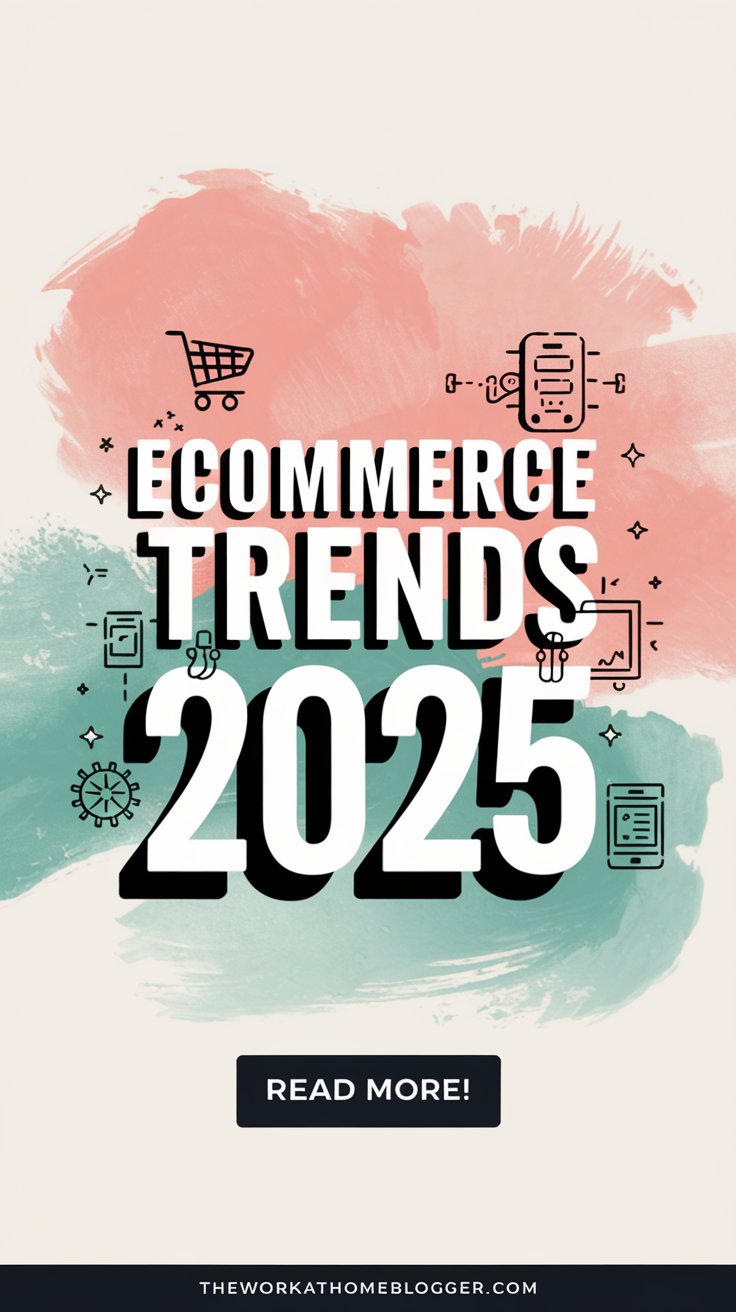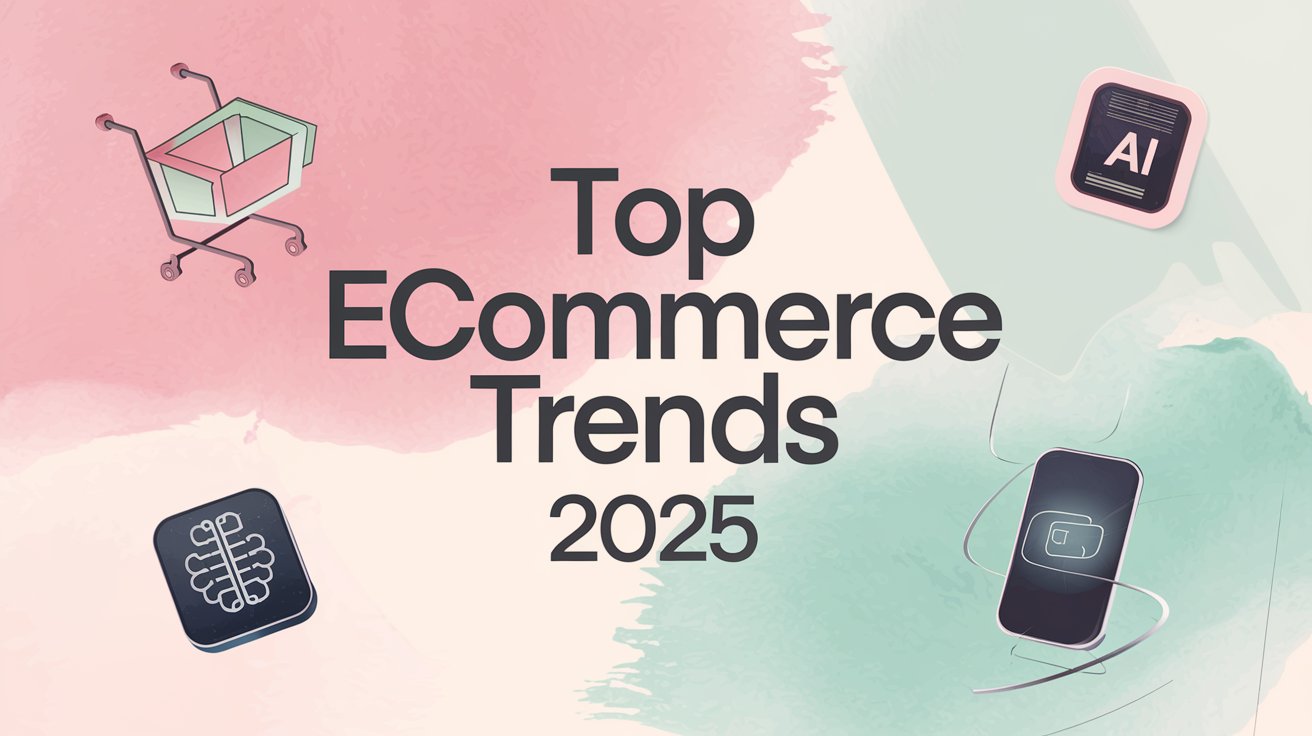The ecommerce industry is ever-evolving, and staying ahead of the trends is crucial for anyone looking to succeed in this competitive space. As we move into 2025, technological advancements and shifting consumer preferences are shaping the future of online shopping. Here are the top ecommerce trends to watch in 2025 and how you can leverage them for your business.
1. AI-Driven Personalization
Artificial Intelligence (AI) continues to transform ecommerce, offering highly personalized shopping experiences. AI algorithms analyze customer behavior, preferences, and purchase history to deliver tailored product recommendations, dynamic pricing, and personalized marketing campaigns.
How to Leverage It:
- Use AI-powered tools like chatbots to enhance customer service.
- Implement personalized email campaigns based on browsing and purchase history.
- Optimize your website with AI-driven product suggestions to increase conversions.
Picture This: Imagine a customer visiting your site and being greeted with product suggestions perfectly aligned with their style and previous purchases. This level of personalization increases sales and customer loyalty.
2. Sustainability and Eco-Friendly Practices

Consumers are becoming more environmentally conscious, seeking products and brands that align with their values. Sustainable packaging, carbon-neutral shipping, and eco-friendly products are no longer optional—they’re expected.
How to Leverage It:
- Partner with suppliers who offer sustainable materials.
- Highlight your eco-friendly initiatives on your website and marketing campaigns.
- Offer incentives like discounts for customers who opt for eco-friendly delivery options.
Picture This: Your ecommerce store promotes a new line of products made from recycled materials, complete with a “green certification” badge. Customers feel good about their purchases, and your brand gains credibility.
3. Voice Commerce
With the growing adoption of smart speakers and voice assistants, voice commerce is becoming a significant ecommerce trend. Consumers are using voice commands to search for products, compare prices, and complete purchases.
How to Leverage It:
- Optimize your product listings for voice search with conversational keywords.
- Ensure your ecommerce site is compatible with voice-enabled devices.
- Develop a voice-activated app or skill for your store.
Picture This: A busy parent asks their smart speaker to reorder baby diapers, and your store’s product is the first suggestion. The convenience of voice commerce can drive repeat sales.
4. Social Commerce Expansion
Social media platforms are becoming full-fledged ecommerce channels, with features like in-app shopping and live-streamed product launches. Platforms such as Instagram, TikTok, and Pinterest are driving significant traffic and sales for online businesses.
How to Leverage It:
- Create shoppable posts and tags on Instagram and Pinterest.
- Use TikTok’s live shopping feature to showcase your products in real-time.
- Collaborate with influencers to promote your brand.
Picture This: During a live TikTok shopping event, an influencer demonstrates your product, resulting in instant purchases and increased brand visibility.
5. Subscription-Based Models
Subscription services are becoming increasingly popular for their convenience and value. From curated boxes to recurring product deliveries, this model fosters customer loyalty and predictable revenue.
How to Leverage It:
- Identify products that lend themselves to subscription services (e.g., consumables like coffee or skincare products).
- Offer tiered subscription plans for different budgets.
- Use personalization to create a “surprise and delight” experience for subscribers.
Picture This: Your customers eagerly await their monthly subscription box, which includes exclusive products tailored to their preferences. The excitement keeps them coming back month after month.
6. Mobile-First Ecommerce
Mobile shopping continues to dominate, with consumers relying on their smartphones for browsing and buying. Mobile-optimized websites and apps are essential for capturing this growing audience.
How to Leverage It:
- Ensure your site is responsive and loads quickly on mobile devices.
- Simplify the mobile checkout process with features like one-click purchasing.
- Invest in a mobile app to enhance user experience and increase engagement.
Picture This: A customer scrolling through your mobile app easily adds items to their cart and checks out with a single tap. The seamless experience encourages repeat purchases.
7. Augmented Reality (AR) Shopping
AR technology is revolutionizing the way customers interact with products online. AR allows shoppers to visualize products in their space or try them on virtually before purchasing.
How to Leverage It:
- Use AR tools to let customers “try on” clothing, accessories, or makeup.
- Provide 3D product views that customers can rotate and examine.
- Highlight AR features in your marketing to attract tech-savvy shoppers.
Picture This: A customer uses your AR feature to see how a piece of furniture looks in their living room before buying. The immersive experience builds confidence and reduces returns.
8. Buy Now, Pay Later (BNPL) Options
Flexible payment options like BNPL are becoming a standard in ecommerce. These services allow customers to split their payments into manageable installments, making high-ticket items more accessible.
How to Leverage It:
- Partner with BNPL providers like Afterpay, Klarna, or Affirm.
- Highlight the availability of BNPL options on your product pages and checkout.
- Use BNPL as a selling point in your marketing campaigns.
Picture This: A customer shopping for a high-end gadget sees the option to pay in four installments. The flexibility removes hesitation and converts the sale.
Final Thoughts
Ecommerce in 2025 is all about enhancing convenience, personalization, and sustainability. By staying ahead of these trends and integrating them into your business strategy, you can position your store for success in the competitive online marketplace.
Which of these trends are you most excited to implement in your ecommerce business? Let us know in the comments below!








